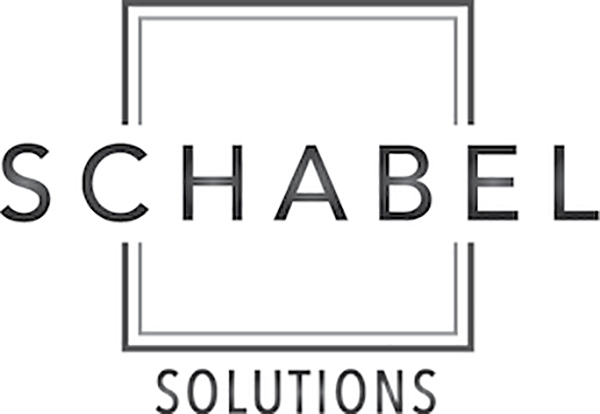Amid the swell of cultural conflict surrounding the term “diversity,” or any words in its vicinity, remember why your business or organization is seeking to achieve its full-chorus voice — one including all of us within America’s ever-changing population tapestry.
Diversity is strengthening. It’s growth-oriented thinking in a dynamic marketplace, one in which talented younger people demand a sense of belonging defined largely by inclusivity.
Far too often, “diversity” is used as a synonym or placeholder for the word “race.” In fact, diversity includes any characteristic that makes a person unique. Diversity includes all of us. Efforts to achieve it may, yes, mean involving more Latinos, Asian-Americans or African Americans in roles, at times. But in other moments, the underrepresented, the missing voice in your chorus may be an older white rural resident who has a perspective desperately needed for your organization’s mission.
Faced with worker shortages in many industries and sectors, and the frightening pace of disruption and dislocation catalyzed by artificial intelligence on the other end, now is not the time to be bunkered in fear of diversity, equity and inclusion (DEI).
But, there are challenges in this space.
In June 2023, the U.S. Supreme Court found that the admissions programs at Harvard and the University of North Carolina violated Title VI of the Civil Rights Act of 1964 and the Equal Protection Clause of the 14th Amendment to the Constitution.
However, the ruling did preserve the ability of schools to consider an individual student’s experiences with race and how those experiences affect their qualifications for admission. The ruling held that universities may continue to pursue race-neutral efforts to increase diversity in admissions and that universities may consider race to remedy specific instances of past discrimination.
It’s also important to note that a letter sent from the attorneys general of 13 states to Fortune 100 companies calling into question DEI programs in private businesses has no force of law.
With the above in mind, what is the way forward for universities, businesses and other organizations when it comes to enhancing diversity, equity and inclusion to achieve their respective missions?
For public universities, reimagine and retool admissions policies and expand recruitment efforts by building robust applicant pipelines that connect with all communities. Also, support historically marginalized and underrepresented students on campus – whatever their background. Of course, continue to comply with anti- discrimination laws.
With private entities, first and foremost, define diversity as including any characteristic that makes a person unique. Too often, diversity is defined in a narrow fashion – leading many in our communities to think they are excluded.
“Wait, diversity, that’s them, not me,” goes this thinking.
Diversity is contextual. And, at its core, it’s about representation. In elite colleges and universities, rural students are underrepresented. In some settings, older people, with so much to offer, aren’t as involved as they should be. Often, these demographics don’t see themselves as part of diversity. But they are. Framing and language are essential.
Big picture, focus on achieving broad diversity and representation without quotas. Be more intentional about recruiting applicants from underrepresented populations to generate a more diverse labor pool from which to hire. Doing so helps ensure that your most qualified applicants stretch across a broader range of demographics.
Always review and update, as needed, your hiring process. A static, status-quo or stale hiring strategy is both limiting in our ever-changing talent marketplace and risky in our frequently changing legal environment.
DEI doesn’t mean anti-merit. It makes your organization more robust, agile and able to communicate to a broader base of people, whether students, customers or individual contributors.
When it comes to DEI, keep moving forward. Stay informed. And, don’t panic or freeze in place.
